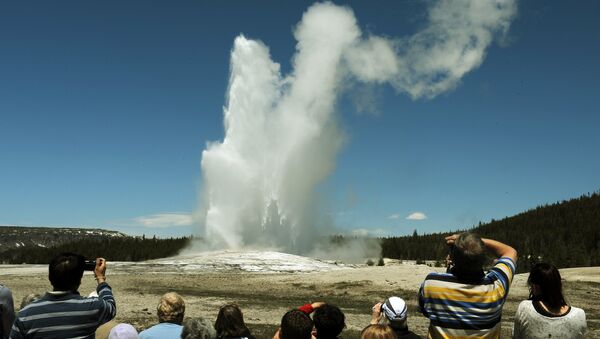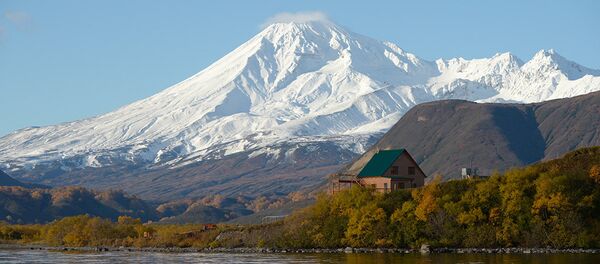While pointing to an underground movement of magma, or a simple tectonic fault slip, the earthquakes, although numerous, are not being treated by experts as an immediate threat.
Yellowstone National Park, one of the most popular outdoor vacation destinations in the US, sits atop what is referred to by geoscientists as the Yellowstone Caldera, a vast underground volcano covering some 1500 square miles.
The most recent large-scale eruption of the Yellowstone Caldera occurred some 640,000 years ago, and shot an estimated 240 cubic miles of volcanic ash into Earth's atmosphere.
The most recent earthquake swarm, which began on June 15, topped out with a magnitude 4.5 within the park boundaries.
Geoscientists observe that earthquake swarms, while indicative of underground activity, are not an accurate predictor of an imminent volcanic eruption.
US Geological Survey (USGS) scientists, while acknowledging that an eventual eruption is likely, observe that the current risk of activity in the supervolcano is low, and are maintaining the current volcano alert level at normal.
With the current probability of a large eruption at the Yellowstone Caldera at 1 in 730,000, USGS geoscentists told Newsweek that the most recent swarm now appears to be "slowly winding down," according to Yahoo News.
"No other geological activity has been detected," according to the USGS statemnt.
While University of Utah scientists have released data showing that the "size of the magma body beneath Yellowstone is significantly larger than had been thought," the Yellowstone Volcano Observatory observed that: "Although fascinating, the new findings do not imply increased geologic hazards at Yellowstone, and certainly do not increase the chances of a 'supereruption' in the near future. Contrary to some media reports, Yellowstone is not 'overdue' for a supereruption."



